Many of you who have visited us during the early summer months over the years have become acquainted with the masses of brown seaweed that clouds our bays and beaches this time of year. Well, the sargassum seaweed is back in action in the Virgin Islands and this year it is a force to be reckoned with!
According to the National Oceanographic and Atmospheric Administration (NOAA), sargassum is a genus of large brown seaweed that forms island like blobs on the surface of the ocean and never affixes itself to the sea floor. “Upon close inspection, it is easy to see the many leafy appendages, branches, and round, berry-like structures that make up the plant. These “berries” are actually gas-filled structures, called pneumatocysts, which are filled mostly with oxygen. Pneumatocysts add buoyancy to the plant structure and allow it to float on the surface.”
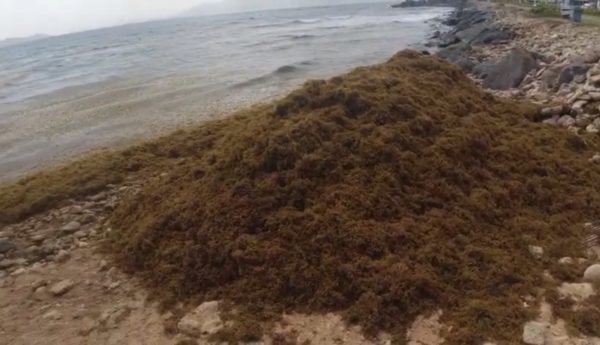
The brown floating sea grass is not appealing to the eye, or the nose for that matter! When it is washed ashore, it dies and begins to decompose. During its decomposition, it produces hydrogen sulfide gas which smells like rotten eggs. I remember a few years back when the beach in Cruz Bay was under PILES of the stuff. The entire town smelled like the mangroves! The odor has been known to attract pests and cause respiratory problems in large enough abundance. And it is definitely a deterrent for anyone looking to enjoy a leisurely painkiller on the beach.
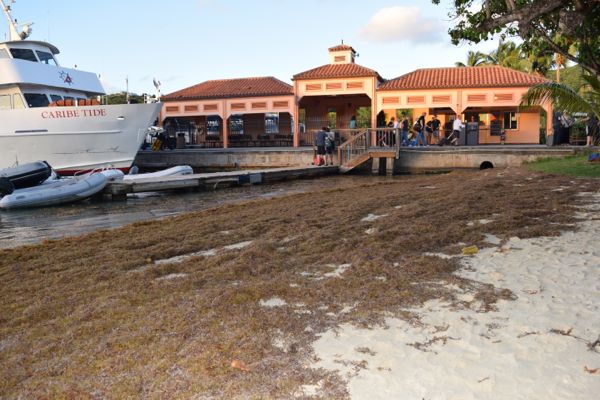
Additionally, sargassum can be a huge challenge for boaters. It gets stuck in propellers and intakes, sometimes causing engine problems or difficulties with other internal systems on boats. An abundant cloud of it could be enough to shut down the engine or steering capabilities.
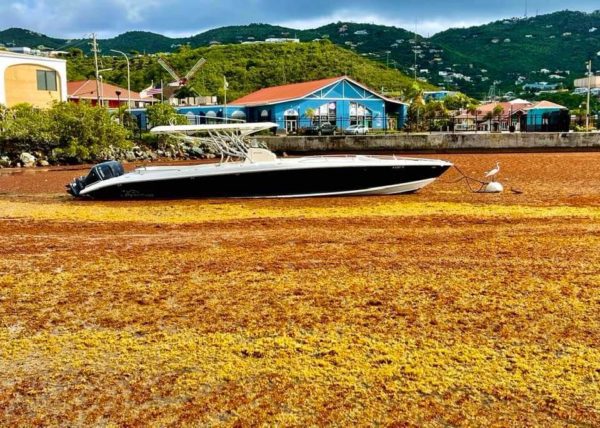
However, sargassum is of a huge importance to the oceanic eco system. The floating clouds of yellowish brown alga is an island like habitat to a wide variety of fish, sea turtles, marine birds, crabs, shrimp and micro organisms. Some fish live their entire lives in the sargassum cloud and others of notable importance use the floating seaweed as a breeding ground and nursery. Many mahi, jacks and amberjacks, to name a few, begin their lives within the sargassum. Additionally, when the drabbish weed loses its buoyancy, it breaks off and sinks to the sea floor, creating energy in the form of carbon for deep sea fish and adding to its importance in the oceanic food chain.

Sargassum is, however, becoming a massive problem for coastal towns and commercial fishing and boating. In recent years, a record breaking abundance of the stuff has popped up all over the globe. The first mass bloom in the Atlantic was spotted in 2011 and the historical average prior to 2018 was an area of about 30 square miles. Sargassum tracking showed a huge increase in that number in 2018 and this year the outlook showed an area of 1179 square miles of sargassum! So, if you feel like you’re seeing a lot more of it around this year, you’re not crazy. You are absolutely correct!
Sargassum previously was confined to an area defined as the Sargasso Sea.
“While all other seas in the world are defined at least in part by land boundaries, the Sargasso Sea is defined only by ocean currents. It lies within the Northern Atlantic Subtropical Gyre. The Gulf Stream establishes the Sargasso Sea’s western boundary, while the Sea is further defined to the north by the North Atlantic Current, to the east by the Canary Current, and to the south by the North Atlantic Equatorial Current. Since this area is defined by boundary currents, its borders are dynamic, correlating roughly with the Azores High Pressure Center for any particular season.” – What is the Sargasso Sea? – NOAA Oceanservice
But, in recent years, the stuff has been reproducing in mass abundance and popping up all over the tropical Atlantic from Africa to the Caribbean. In an article from the Virgin Islands Daily News, Doug Wilson, chief science officer for Ocean and Coastal Observation Virgin Islands commented that while climate change may be a factor, there is still much research to be done.
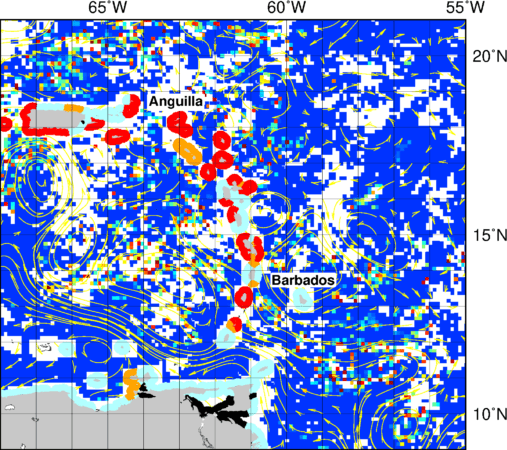
“River runoff, which can be traced to deforestation, and conversion of forestland to farmland” are primary causes of increased nutrients in the ocean. Which could be a large part of the sudden and massive reproduction of this essential to the ocean, but pain for anyone on shore, weed.
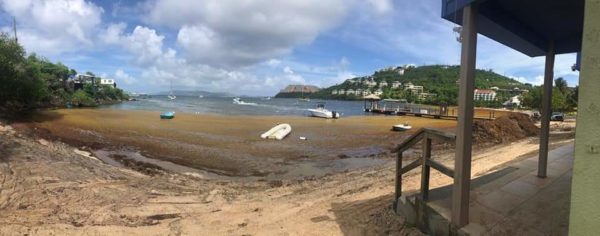
The moral of the story is that we will likely be seeing more of our floating seaweed frienemy in the months, and years, to come. It is an essential operative in the marine world and really not too terrible of a problem until it comes to shore. Removal of it from the ocean is a big no no based on the amount of marine life it caters to. Removal of the stinky brown blobs on shore largely falls to the owners of businesses it affects and partially upon NPS and DPNR, depending upon where it lands. So, we can simply sit back and see where the currents take it…And hope that maybe the abundance of sargassum is assisting and nourishing our marine friends that we all love so much!


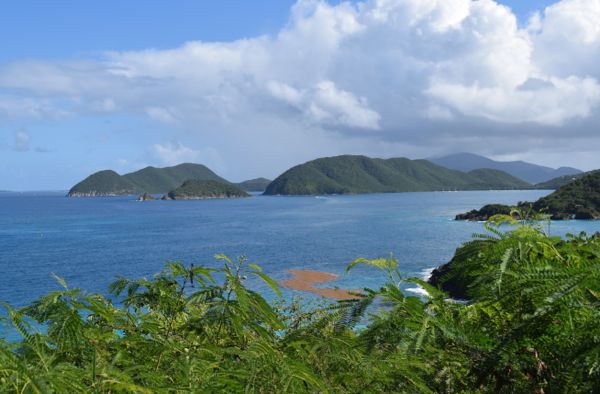
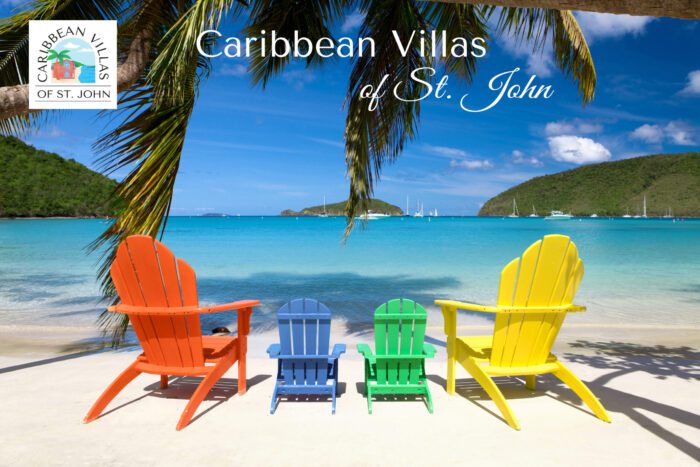
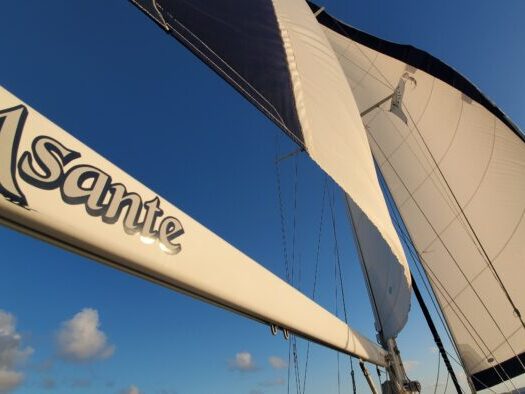
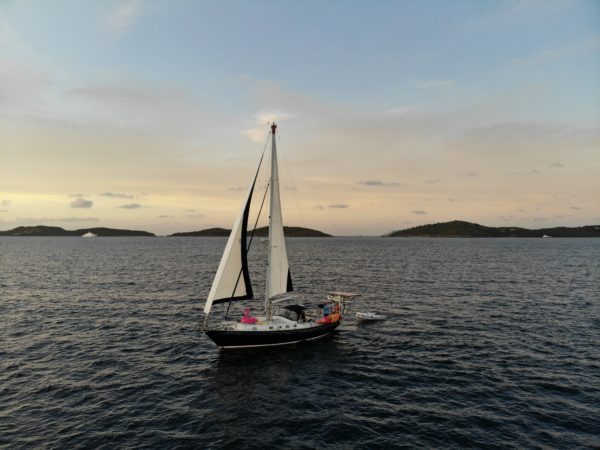

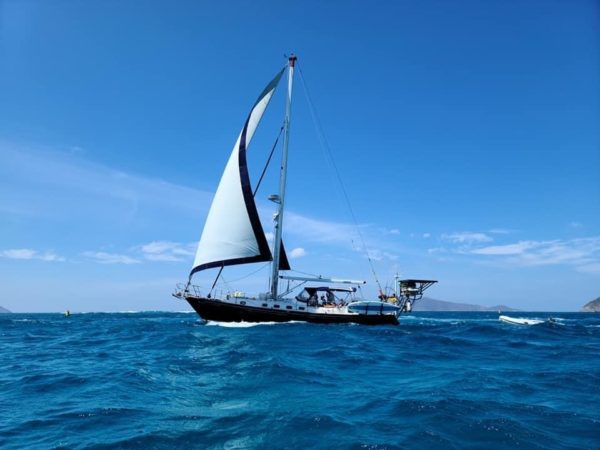
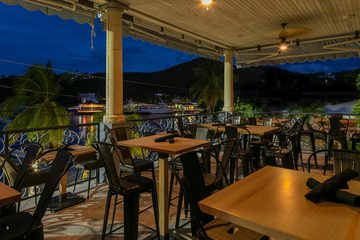
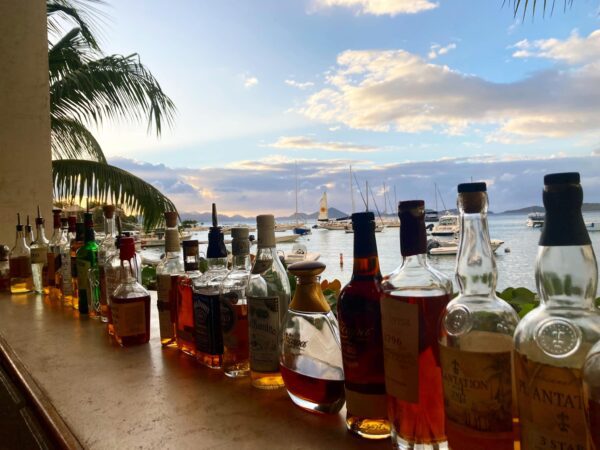
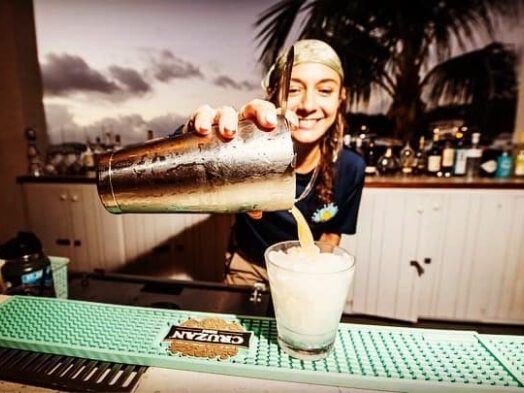

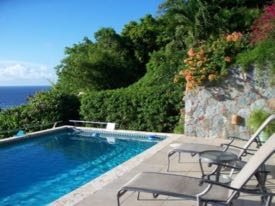

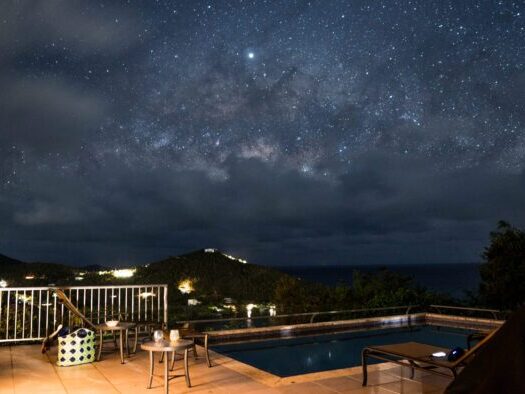
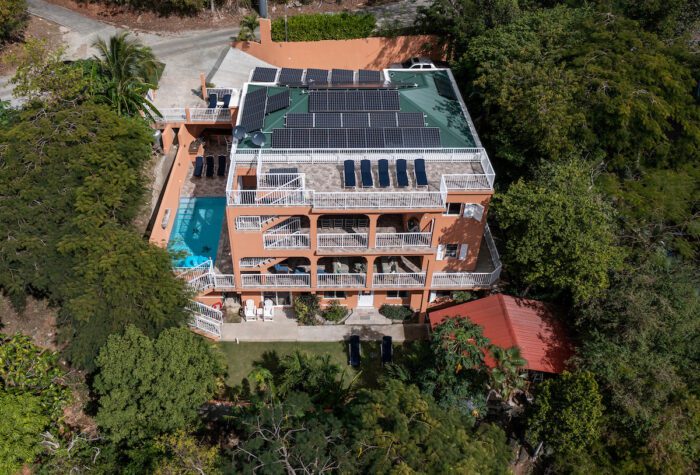

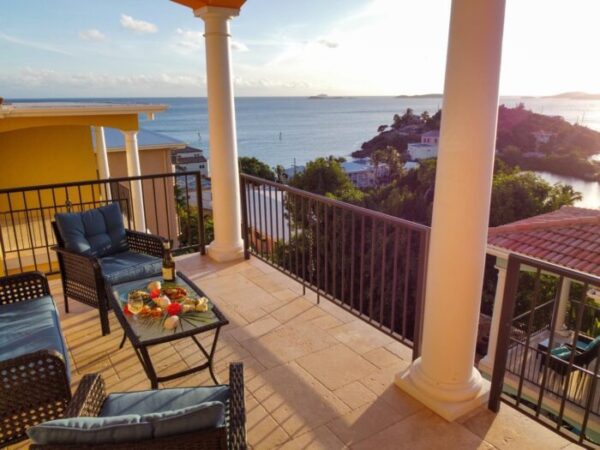

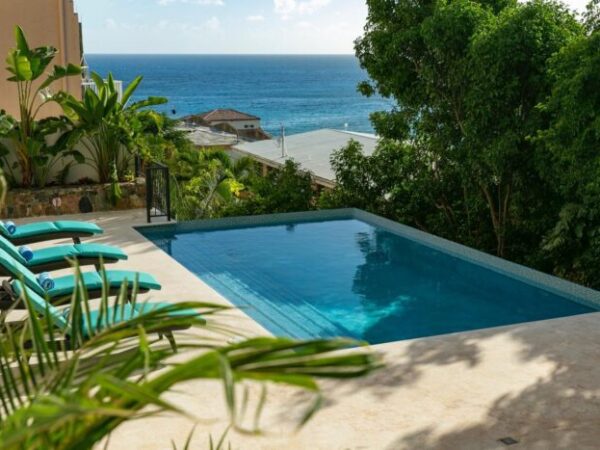


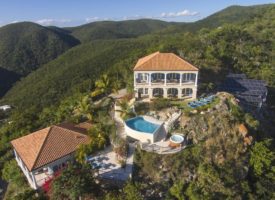
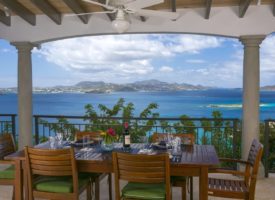

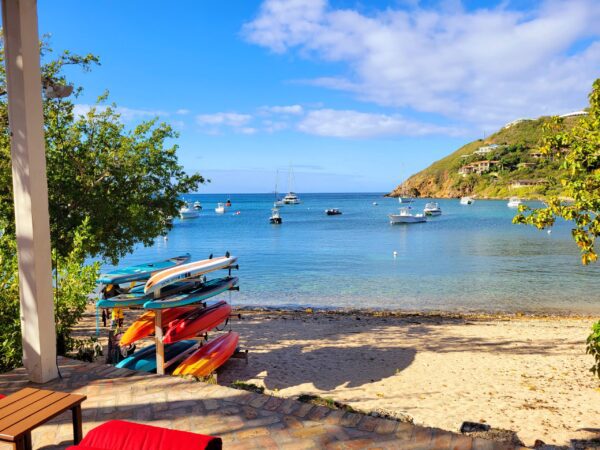
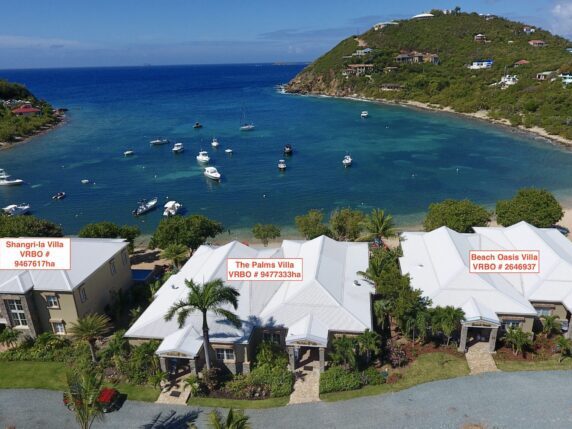
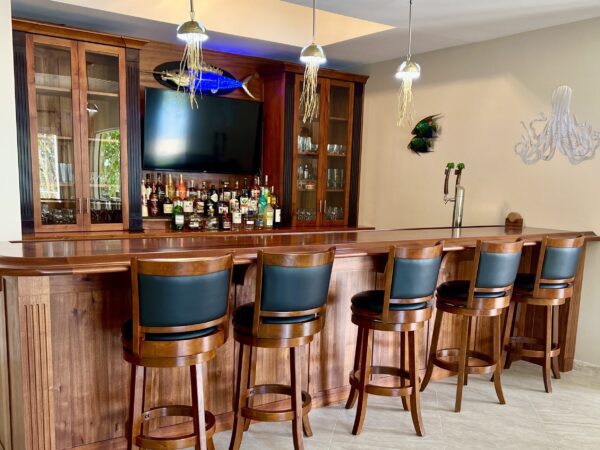
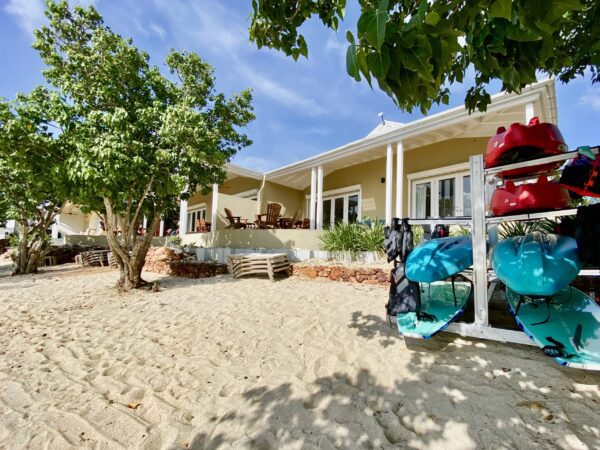
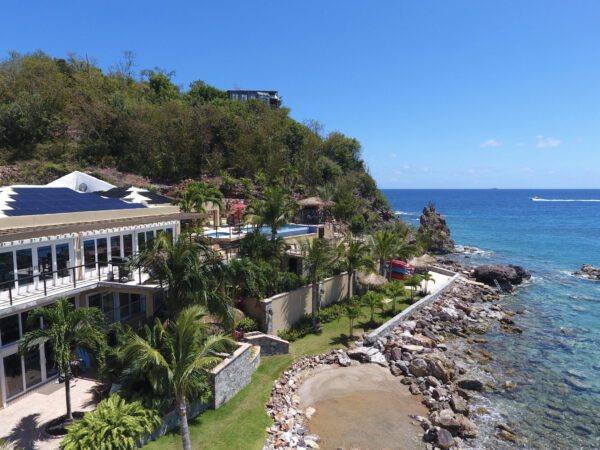
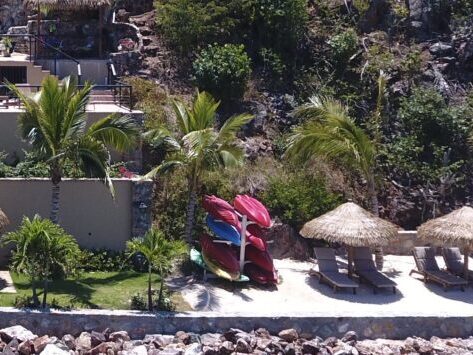
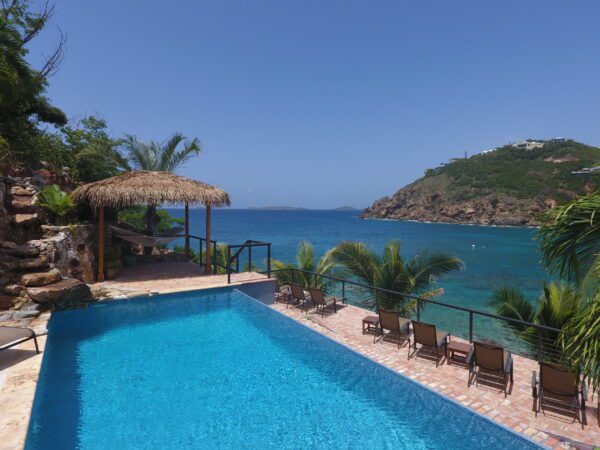

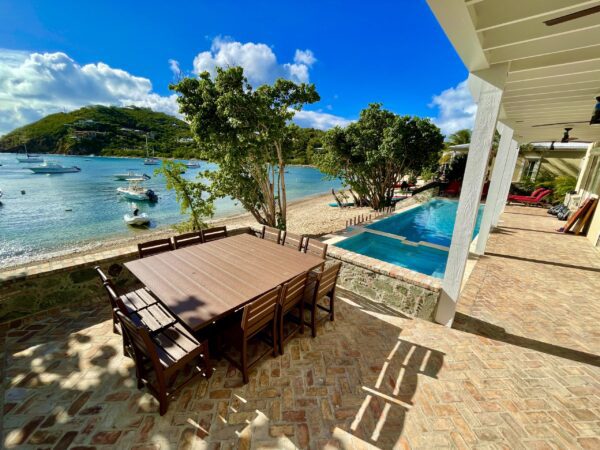




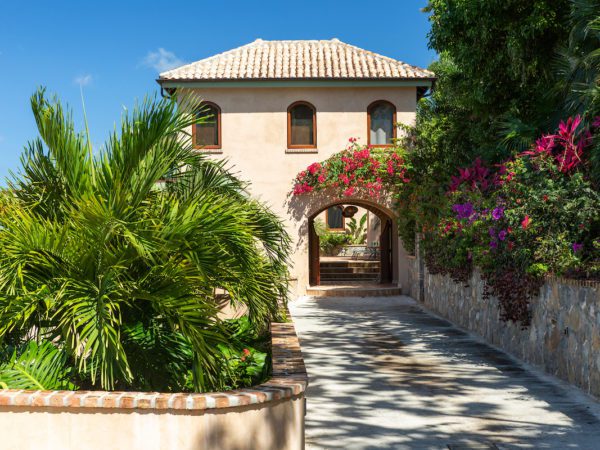
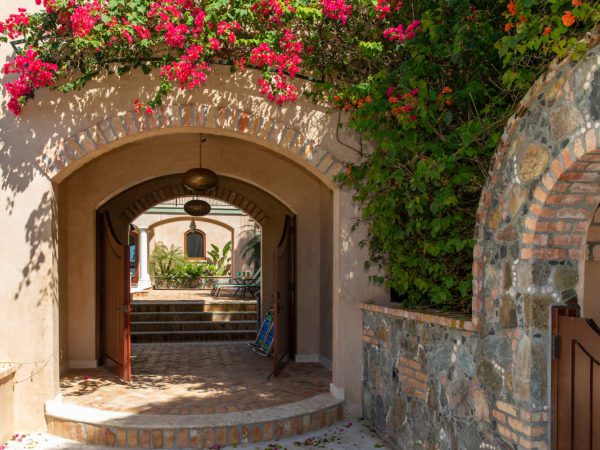
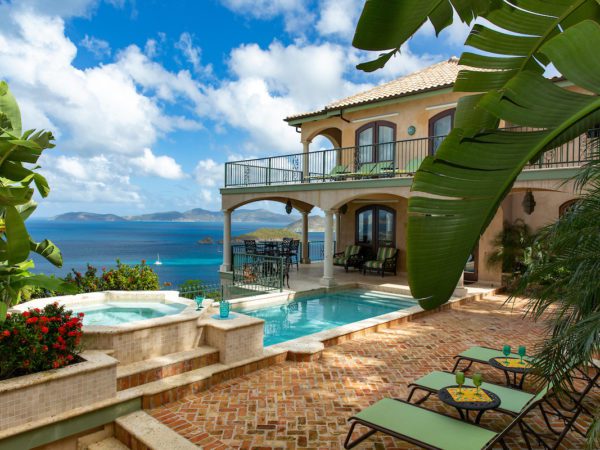
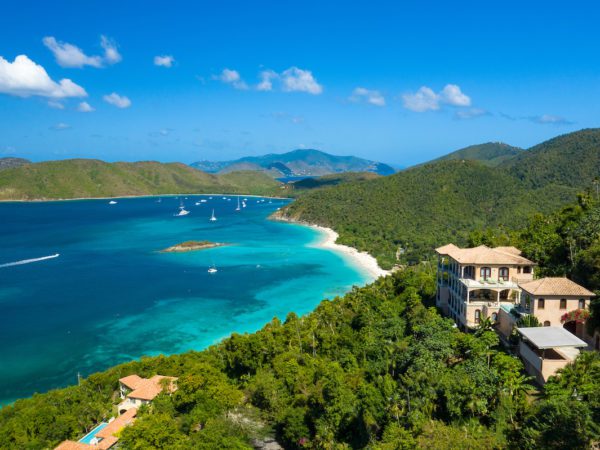
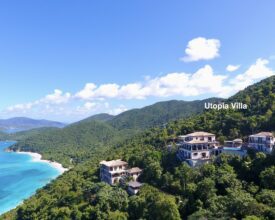
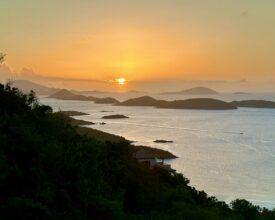
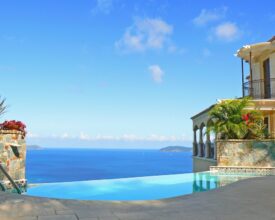




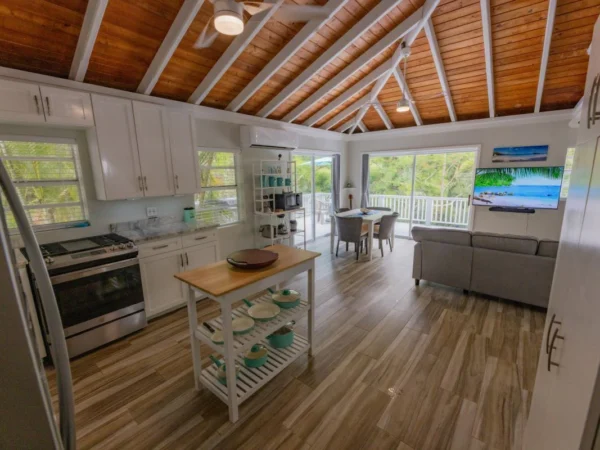



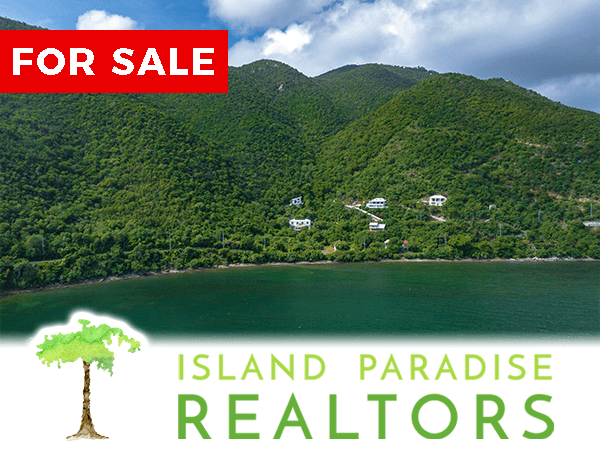




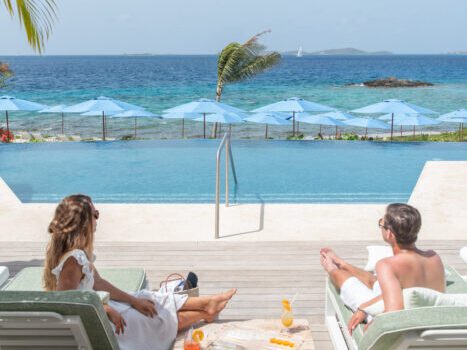
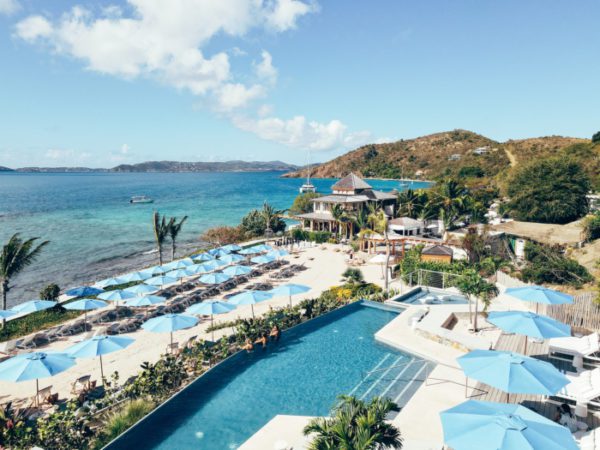

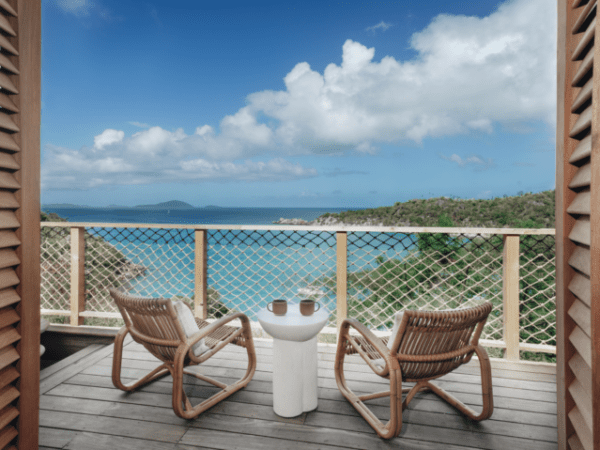
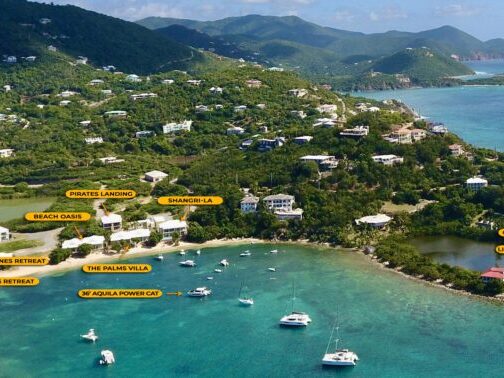
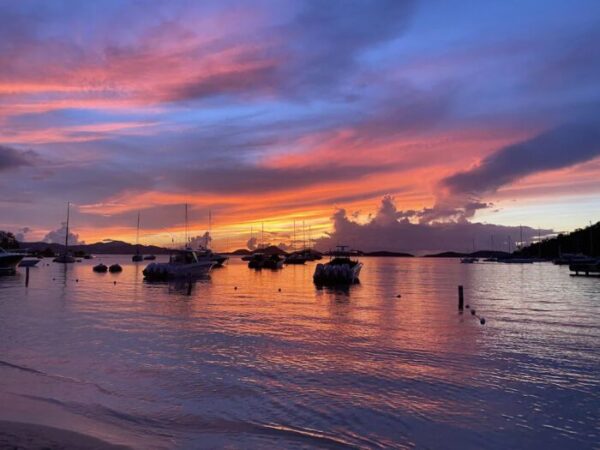
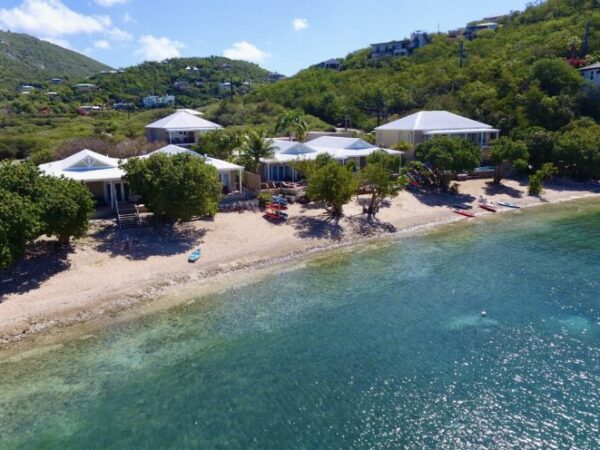
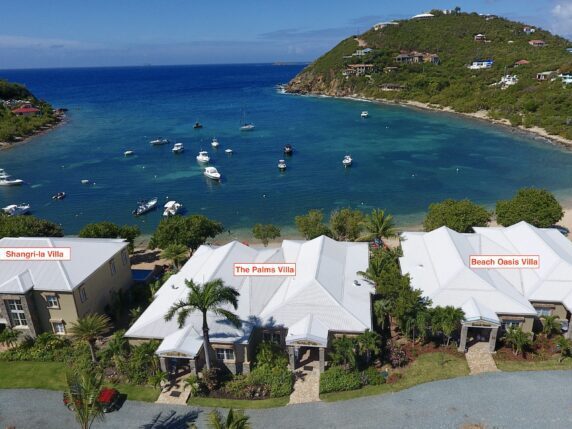


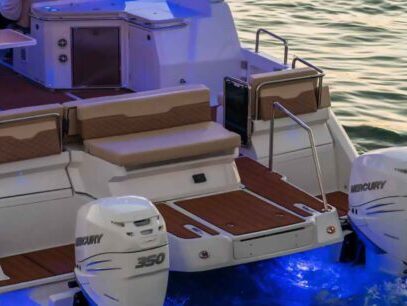
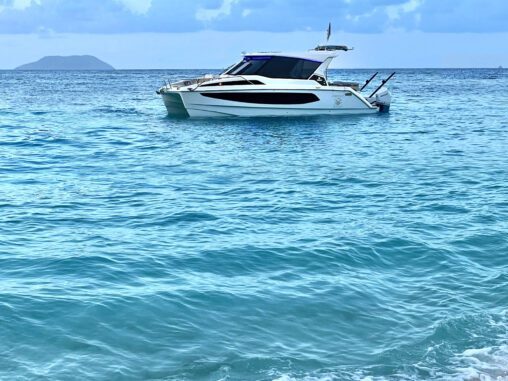



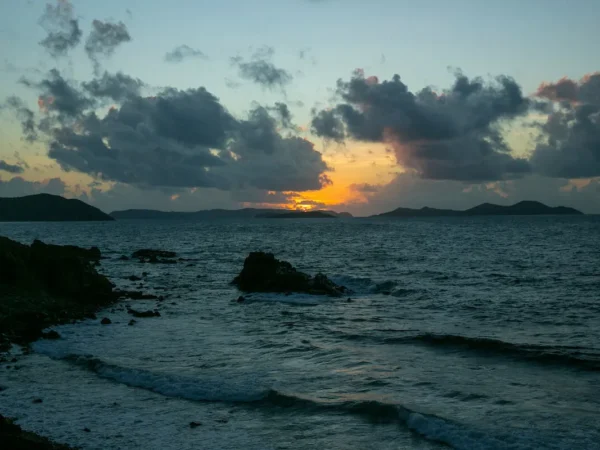

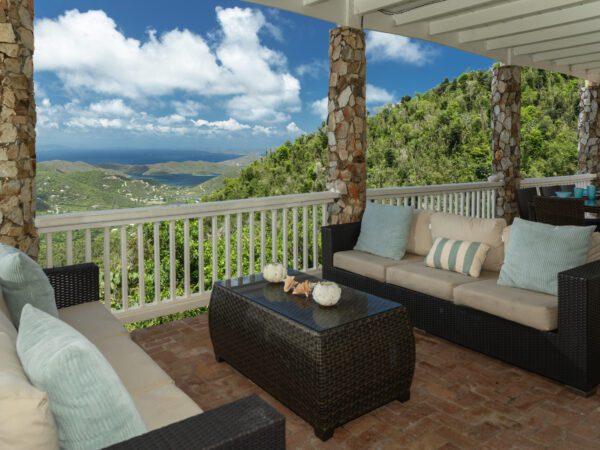

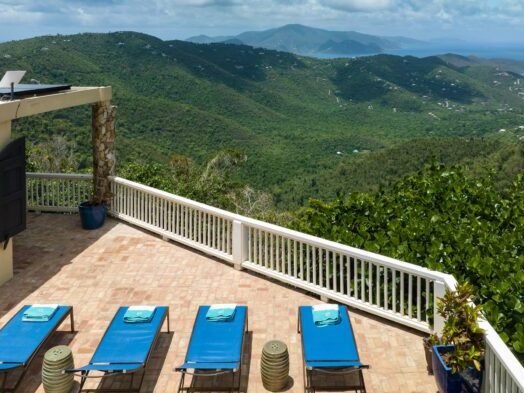
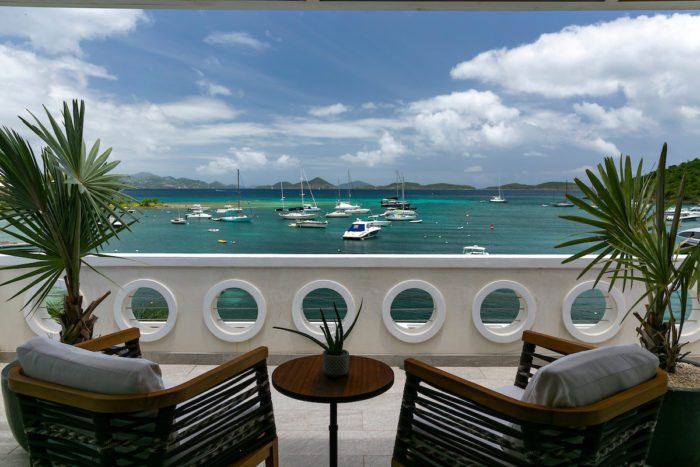

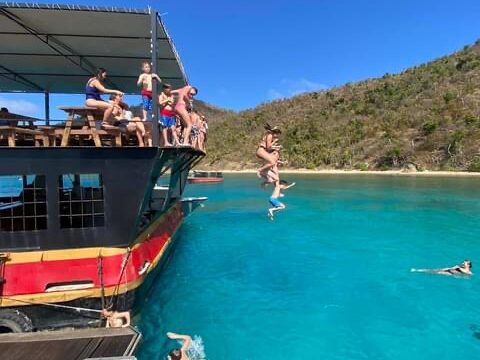

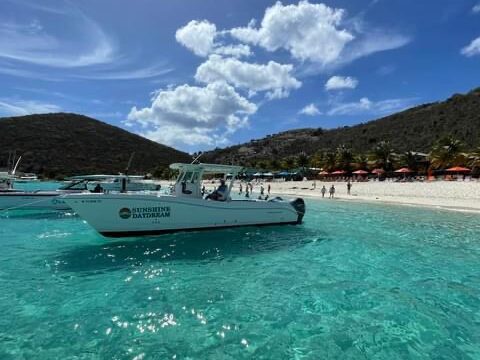
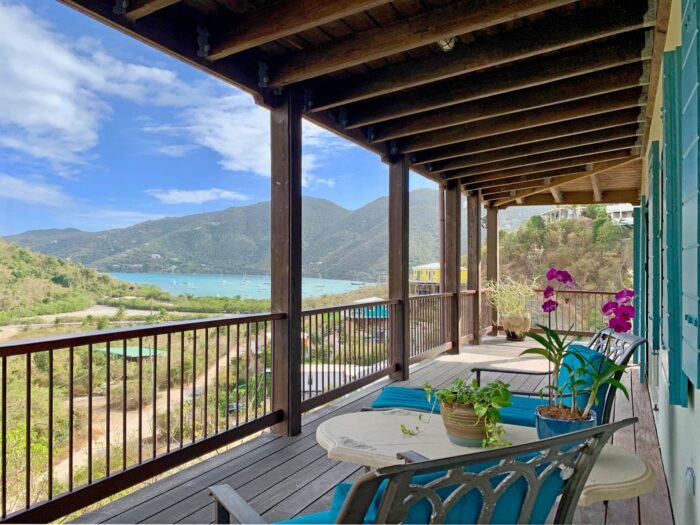
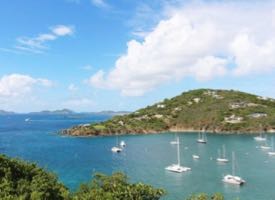
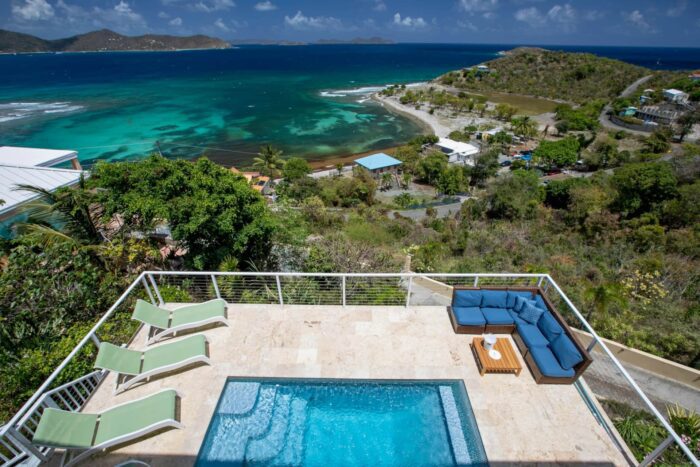


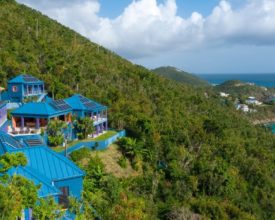
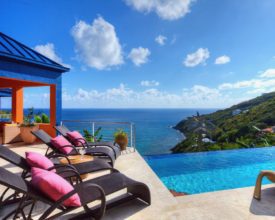

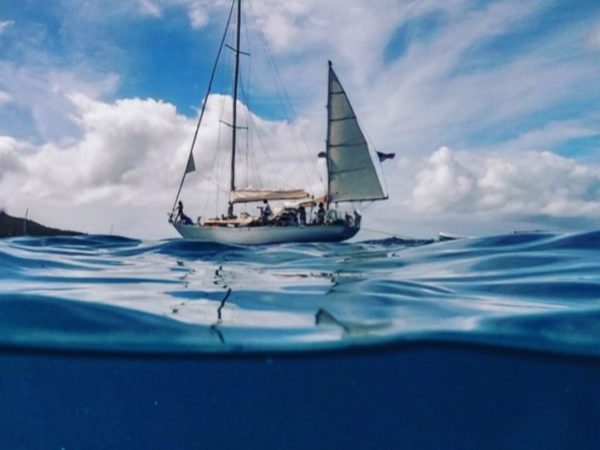


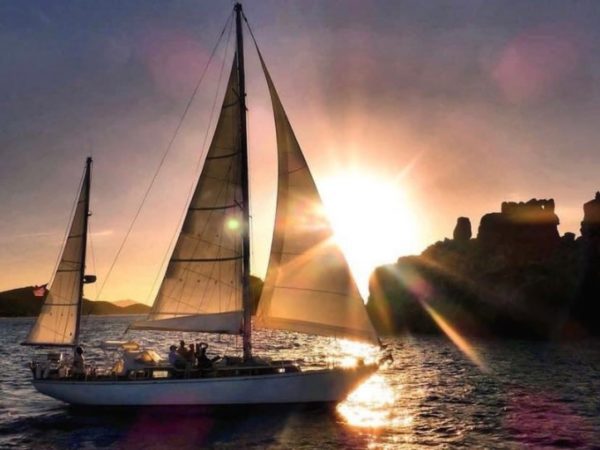
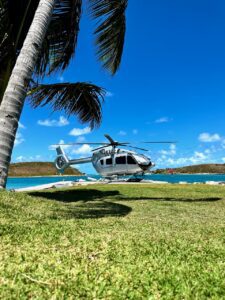


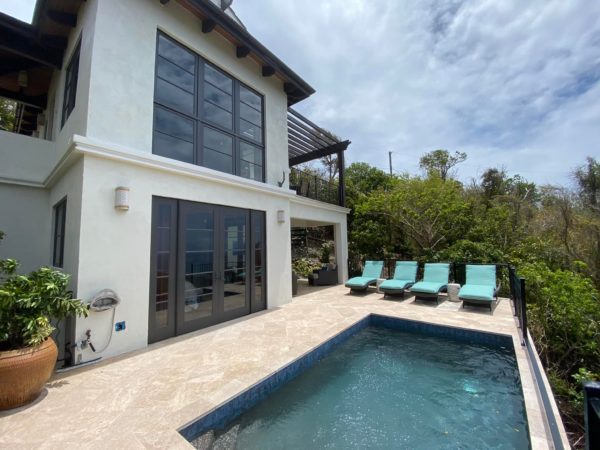
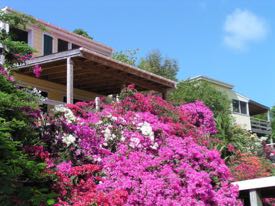

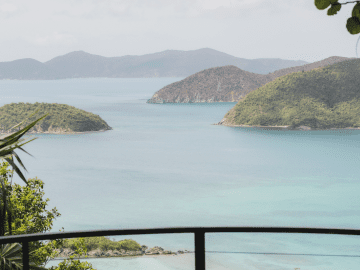

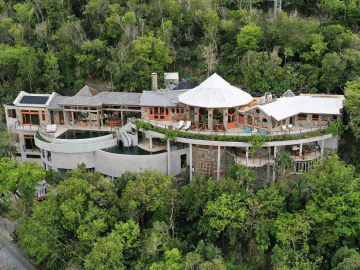



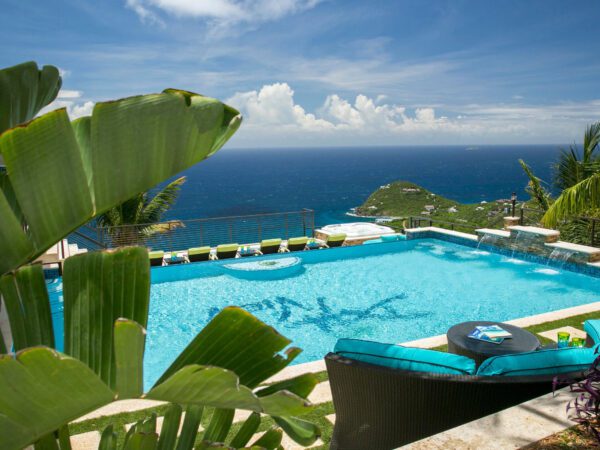
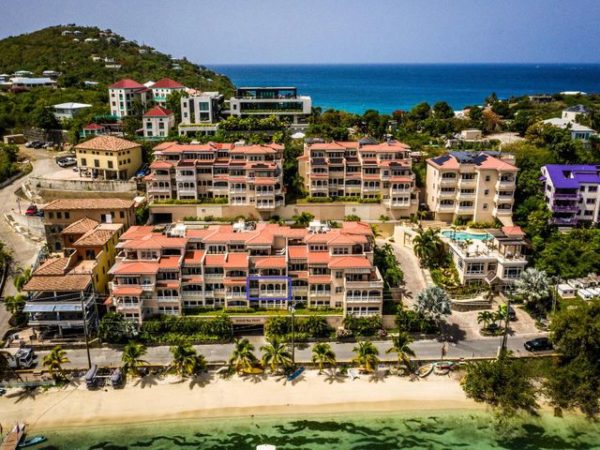


Any idea how long it will be around this year? We’re visiting 10 July. Thanks!
Amen brother. We too are visiting that week and from all accounts its going to be a stinker. Drink heavily!
Another informative and enjoyable article. Does the sargassum attract biting insects as well?
Is it a bit like “Red Tide” which sometimes affects the Florida coast?
Usually from inland river run off.
We just stayed in Brezza Di Mere overlooking Fish Bay. The seaweed was abundant down there. No problem to us however.
Brezza was a dream come true , fabulous place to stay.
We should stop seeing overabundance in resources as a burden and after thanking God for them, find ways to utilize and perhaps capitalize on them.
Food for us and domestic animals, returning vital nutrients and minerals to the soil etc. etc.
The health of the planet is a constant balancing act with which we should all be concerned!
Pam- a red tide is a very different organism; dinoflagellates
Hi, this amount of sargassum is not normal or natural and is actually quite harmful to the local ecosystems as it clogs up coral reefs and pollutes the waters. It appears to be related to large scale conversion of amazon forest to agriculture and the resultant run-off of fertilizers into the Atlantic (the rainforest soil is very poor and requires massive amounts of fertilizer to grow crops), spawning seaweed explosions. This has devastated the Yucatan and is winding up as far north as Miami Beach. Once pristine beaches all throughout the region are now filthy, stinking seaweed piles. It would seem there needs to be an international effort to confirm the source if correct, and pressure on Brazil to alter the practices leading to this problem. Not the least of which is deforestation.
We stayed at pleasant point which is next to Margaritaville. Although we saw the masses of seaweed, we only smelled it when we went to walk across the margaritaville beach on our way to Coki Beach. The smell was so bad, we almost got sick. Had to go to the front of margaretaville and get a taxi to Coki. Thank goodness we stayed at pleasant point. If we had paid $400 per night for margaritaville, it would have been a vacation killer.
any updates on Sargassum by Margaritaville? Literally just booked there and then found out the issues.
Ruined our stay in Mexico a few years ago.
Any updates of sargassum on sugar beach in St Croix ?
Will it still be there in November 2021?